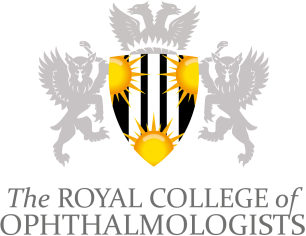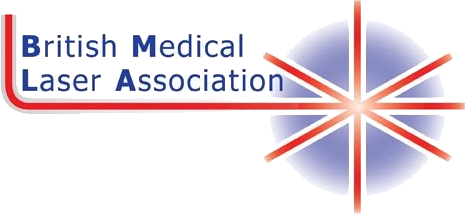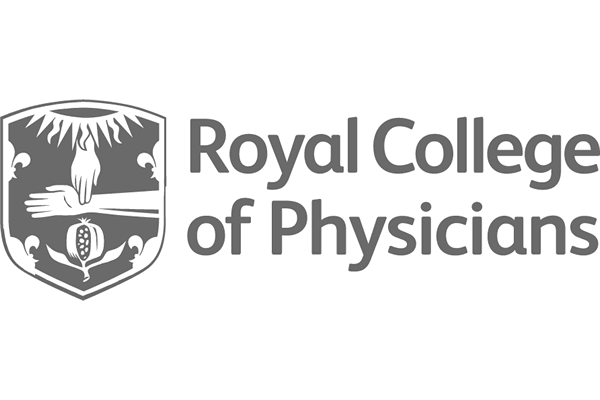Age spots, freckles, and dark patches are but a few examples of skin pigmentation problems. Many people suffer negative effects on their confidence and image because of pigmentation and seek effective treatment. Laser therapy is one of the most effective options.
Understanding skin pigmentation
All human skin contains a pigment called melanin. This determines the skin’s tone. Melanin levels vary, so some people have much darker skin than others. Some people also have melanin imbalances, which leads to pigmentation effects, like freckles and dark patches.
Causes of melanin imbalances may be genetic – some people are simply born with a predisposition to have more or less melanin in certain areas. Other times, it is a result of lifestyle factors. Hormonal changes, sun exposure, and ageing all have an effect.
Treatments for pigmentation
There are multiple methods of skin pigmentation treatment available. These range from simple topical solutions that lighten the skin tone to more thorough, specialist procedures.
Traditional treatment options
Patients have had access to specific traditional treatment methods for pigmentation on the face for several years. These methods are accessible yet have limitations. They cannot always provide the desired outcomes but are still useful to a certain degree. Options include:
- Topical creams: these contain retinoids or skin acids that may effectively treat pigmentation. The retinoids help improve tone, while acids exfoliate dark layers of skin to make way for fresh, new cells that are more harmonious in tone with the surrounding skin. Derivatives of previously used medications that have shown decreased in pigmentation like Tranexamic acid serum have also been suggested recently.
- Chemical peels: this procedure involves acidic solutions. They remove the exterior layer of skin, and some even go deeper to the dermis layer, removing old cells and allowing new ones to form.
- Microdermabrasion: this is a specialist procedure involving using a special tool, like a wire brush, to exfoliate the epidermis. Similarly to acids and skin peels, this essentially removes the top part of the skin so new cells grow in its place.
While these methods may help improve skin tone and fade superficial scars and pigmentation problems, they often have less impact on deeper pigmentation problems. They may also produce side effects. Chemical peels, for instance, can cause blistering, irritation, redness, and soreness.
Laser treatments
Those seeking an answer to “Can pigmentation be improved?” should consider laser treatment as an alternative to attempt improvement with bothersome pigmentation. Laser therapy is a more modern option compared to the traditional treatments outlined above and can treat pigmentation at deeper levels than creams and other techniques.
How laser treatment for pigmentation works
Laser treatment for pigmentation relies on the power of concentrated light energy to break down melanin. During the procedure, a laser is used to target pigmented lesions that absorb the Laser l energy, which does not impact or harm the surrounding skin. The concentrated light and heat cause the pigment to break down. At that point, it is drawn to the surface and eventually fades away through natural skin healing and renewal. This results in a clearer complexion, with far less prominent pigmentation problems, like dark patches.
Types of lasers used for pigmentation
A range of lasers are utilised at The London Scar Clinic for therapy of this kind. These include the Lumenis M22™ IPL Laser and Cynosure® PicoSure® Laser. Specialists will select the most suitable laser for each patient, according to their skin health and level of pigmentation.
Lumenis M22™ IPL Laser
This IPL laser creates beams of light at different wavelengths to address and treat various pigmentation problems and other skin issues like sun damage and spider veins.
Cynosure® PicoSure® Laser
This laser works with brief but concentrated pulses of light, which flow in waves through the dermis to gradually and safely break down the pigment. It also helps trigger collagen production for skin healing.
Benefits of laser treatment
Compared to other forms of pigmentation treatment, laser therapy provides several unique benefits:
- Precision targeting: lasers can target tiny and specific skin sections, while traditional methods sometimes damage or impact perfectly healthy segments of surrounding skin.
- Minimally invasive: laser therapy is not a surgical procedure. It does not involve incisions or injections, simply applying light and heat, targeted in small, precise areas.
- Rapid results: patients can expect to see results quickly following laser treatment for pigmentation.
Improvements to Tone and Texture: Along with breaking down pigment to improve tone, laser therapy can also help the skin’s natural rejuvenation processes for smooth, even texture.
What to expect during the procedure
In the buildup to the procedure, patients will receive advice from their specialist. Usually, for a period leading up to the procedure, you should avoid anything that could harm or weaken your skin, like peels, waxing, fake tans, or excessive sun exposure. On the day of the procedure your specialist will select the appropriate laser and configure it to suit your needs. The laser will shine concentrated light energy onto pigmented lesions, heating and breaking them down.
The pigment will then rise to the skin’s surface before flaking or fading away within a week or two. You may experience some mild swelling and discomfort during and post-procedure. The process should take no longer than 30 minutes, though multiple sessions may be necessary.
Recovery and aftercare
After the treatment, it may feel as though the treated area has been lightly sunburned. You can use a cold compress or painkillers if necessary. Your specialist will also advise you regarding aftercare procedures. It is generally best to avoid extreme heat, like hot baths or showers. Avoid strenuous activities like exercise and sport for the first week and direct sun exposure for the first month.
Certain skincare solutions and ingredients should not be used, which your specialist will discuss with you. It is also best to wait for any swelling and sensitivity to subside before touching the area or applying makeup.
Aside from this, you should be able to resume routine activities the next day following the procedure. You may start seeing results as early as a week or two after the procedure, becoming more notable in the following weeks.
















